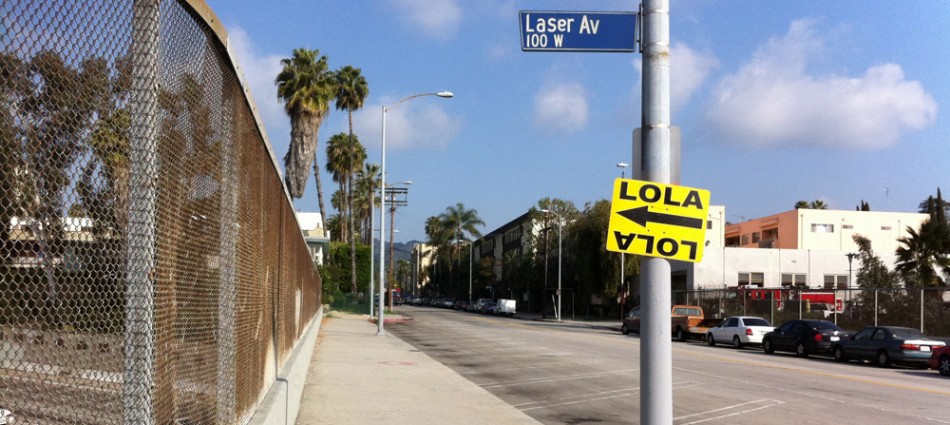Make Something !
lola@lasersoverlosangeles.com

Cardboard
Cardboard can generally mean two materials: corrugated cardboard and chipboard. For corrugated cardboard usually people are referring to single or double-ply corrugated cardboard which is usually close to 1/8″ and 1/4″ thick respectively. Some sites may try to make you think there is some global standard as to how the thickness and assemblies are named but for us who are not shipping-conglomerates it’s really just best to go by the actual thickness rather than their crazy naming conventions. Often corrugated cardboard is used for topographic (topo) models so it is really important to check the thickness of the material first before you decide what your step increment will be when you start slicing up your model to make your contours as a material that is 5/32″ rather than exactly 1/8″ can make a big difference over the course of several layers. There used to be a great free program called 123D-make that autodesk put out that helps in these cases, I’m sure there are new ones as well. For topographic models we also recommend adding a single-line font to the pieces with a numbering or lettering system to help indicate the order that the pieces should stack up in, you can also add internal dowel holes to help keep the pieces aligned for the larger models. Of course this material is also used for box and container construction as the corrugation allows for the material to pinch and compress easily at edges where it needs to fold, allowing it to be shaped more easily than a solid material. We can cut and score slots and tabs for any box/packaging solution you can draw up, check out Pepakura or any other unfolding program to help with this process as it can get complicated 🙂
Chipboard is the other material associated with the name “cardboard”, this is basically the same material but solid rather than corrugated, often used for single-use stencils or study models. You can make custom boxes and packaging as well from this material but we recommend using the .022″ (single-ply) if possible, the .052″ (2-ply) is possible but the folded edges need to be scored carefully in order to not tear, .1″ is generally too thick to fold cleanly.
